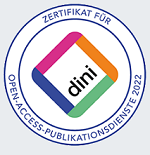Eldorado - Repository of the TU Dortmund
Resources for and from Research, Teaching and Studying
This is the institutional repository of the TU Dortmund. Ressources for Research, Study and Teaching are archived and made publicly available.

error.top-level-communites
